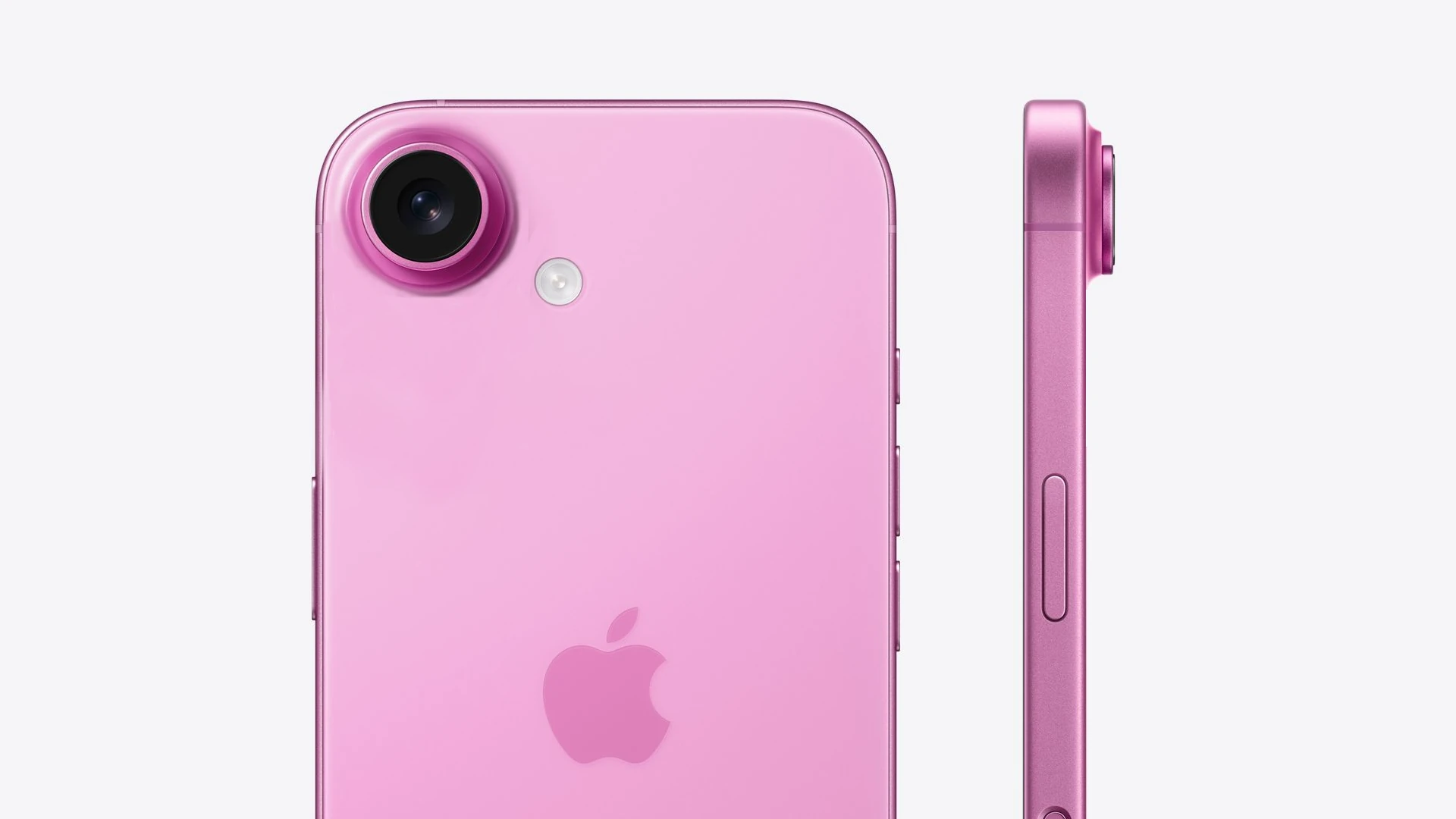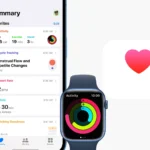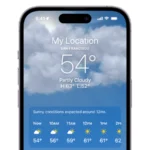The iPhone 17 is less than a year away, and we’re beginning to see more leaks and rumors from reputable sources regarding Apple’s plans for the next launch. The iPhone 17 is expected to be released in September 2025, so these rumors may still change. Reports suggest significant upgrades, including a possible shift to in-house components for the WiFi module and advancements in display technology. Exciting features like ProMotion compatibility across all models, increased RAM, an in-house WiFi chip, and potentially innovative designs such as the iPhone 17 Air could make the upcoming iPhone 17 series truly impressive.
Apple’s focus on integration and performance will likely help maintain its status as a leading contender in the smartphone market, even with some heavy hitters expected from Samsung and Google with the Galaxy S25 and Pixel 10 series coming up.
With speculation increasing and rumors emerging, it’s clear that Apple is preparing to redefine user expectations for its flagship phones. As we approach the anticipated September 2025 release, more information is expected to surface, providing enthusiasts and consumers with a clearer picture of what to expect.
iPhone 17: A New Model and Exciting Upgrades on the Horizon?
While the iPhone 16 is still fresh on the market, rumors are already swirling about Apple’s plans for the iPhone 17 in 2025. The leaks suggest some significant changes, including a brand-new model and potential upgrades to the display and Wi-Fi capabilities. Let’s dive into the details.
A New iPhone Model: The iPhone 17 “Air”
Several sources suggest Apple is developing an ultra-thin iPhone model, tentatively dubbed the “iPhone 17 Air.” This model is expected to be even thinner than the current iPhone 16, possibly surpassing the iPhone 6 as the thinnest iPhone ever.
- Design: This new model is rumored to feature a 6.6-inch display and an aluminum frame, making it lighter and more compact.
- Features: It’s expected to include Face ID, a single 48-megapixel rear camera, a 24-megapixel front camera, and 8GB of RAM.
- Positioning: It’s unclear where this “Air” model will fit within the iPhone lineup. Some speculate it could replace the “Plus” model, while others suggest it might be a new high-end device, even pricier than the Pro Max.
Display Upgrades
Rumors indicate that Apple might introduce a new display size for the standard iPhone 17 model.
- Larger Standard Model: The iPhone 17 could potentially feature a 6.3-inch display, up from the current 6.1 inches. This would make it the same size as the iPhone 16 Pro.
- No More “Plus”?: With the potential introduction of the “Air” model and a larger standard iPhone 17, Apple might discontinue the “Plus” model in 2025.
Wi-Fi 7 Support
Apple is likely to incorporate the latest Wi-Fi technology into the iPhone 17 lineup.
- Faster Speeds and Lower Latency: Wi-Fi 7 offers significant improvements in speed and latency compared to Wi-Fi 6E.
- Enhanced Reliability: Wi-Fi 7 also boasts better reliability and performance in congested environments.
Other Potential Upgrades
While these are the most prominent rumors, other potential upgrades for the iPhone 17 include:
- A19 Chip: A new, more powerful A19 chip is expected to power the iPhone 17 series.
- Improved Battery Life: Apple consistently works on improving battery life, so we can expect further enhancements in the iPhone 17.
- Camera Enhancements: Although details are scarce, Apple usually introduces camera improvements with each new iPhone generation.
A Grain of Salt
It’s important to remember that these are just rumors, and Apple’s plans could change before the official release. However, they provide an exciting glimpse into what might be in store for the iPhone 17 in 2025. Stay tuned for more updates and leaks as we get closer to the launch date!
Short Summary:
- The iPhone 17 series may introduce ProMotion 120Hz displays even on entry-level models.
- Apple is likely to transition to its own Wi-Fi and 5G chips for enhanced performance and integration.
- A new slim version, tentatively named iPhone 17 Air, may debut alongside the other models.
The tech community is buzzing with rumors following fresh reports about the forthcoming iPhone 17 series, set for release in September 2025. Apple focuses on creating groundbreaking innovations in its flagship devices, leading to speculation that this next iteration will be among the most ambitious to date. According to a new report from Ming-Chi Kuo, an analyst well-regarded for his insights on Apple developments, the iPhone 17 series may feature advancements that fans have long awaited, significantly enhancing the user experience.
Display Upgrades
One of the most talked-about upgrades is the introduction of ProMotion technology, featuring a 120Hz refresh rate that would extend even to the standard iPhone 17 models. The South Korean news outlet ET News indicates that Apple may utilize Low-Temperature Polycrystalline Oxide (LTPO) display technology across the board, a shift from the conventional Low-Temperature Poly-Silicon (LTPS) used in previous models. LTPO allows for variable refresh rates, providing both power efficiency and smoother scrolling experiences.
“Apple has chosen to fully apply LTPO to enhance the performance of the general model,” noted ET News, reflecting a shift that could meet consumer demands.
Currently, the iPhone 16 and iPhone 16 Plus have a 60Hz refresh rate, which many compare unfavorably to high-refresh-rate displays available on competitor Android devices. Kuo asserts that by incorporating ProMotion, Apple could deliver a standout displays experience, minimizing battery drain while providing superior graphics for gaming and media consumption.
Internal Components: A Move to In-House Production
In a significant strategic move, Apple may replace Broadcom-made components with its own proprietary chips for the iPhone 17. Kuo predicts that Apple intends to shift from external suppliers for key Wi-Fi and 5G components. With expectations revolving around TSMC’s advanced N7 manufacturing process, this transition aligns with Apple’s long-term goals of deeper integration within its sprawling ecosystem.
Kuo conveys that “Apple expects to move nearly all products to in-house Wi-Fi chips within about three years,” highlighting a major evolution in their supply chain strategy.
This shift is not just about gaining control over their hardware dependencies; it would reduce costs significantly while enabling tighter integration with Apple’s existing products and services. Notably, the new Wi-Fi and Bluetooth chips are expected to be exclusive to the iPhone 17, while the iPhone SE 4 will still retain a Broadcom chip, differentiating the user experience between models.
Innovations in Design
Significant design changes are also anticipated with high-end versions of the iPhone 17. Reports from The Information describe a return to aluminum frames for the flagship models, which contrasts with the premium stainless steel utilized in recent high-end releases. This change may result in a lighter overall device without sacrificing durability.
Additionally, a unique part-aluminum, part-glass back is expected, marking a shift from the entirely glass backs used since the iPhone 8. The new design will feature a larger aluminum camera bump on the back, differing from the traditional 3D glass used in prior models. This return to aluminum could symbolize a fresh identity for high-end iPhones.
Introducing iPhone 17 Air
Amid all these changes, iPhone 17 is expected to see the introduction of a new model referred to as the “iPhone 17 Air.” Drawing parallels to the existing MacBook and iPad Air lines, this model aims for a lighter and slimmer profile, potentially measuring around 6mm thick. This would make it thinner than any previous iPhone, challenging the assumptions around smartphone design.
Mark Gurman, a prominent Apple analyst, suggests this directional pivot may reflect Apple’s design ethos:
“A new class of Apple devices that should be the thinnest and lightest products in the whole tech industry.”
Projected to have a single rear camera, the iPhone 17 Air may sacrifice quantity for a more refined aesthetic. This approach may seem controversial, especially with ever-increasing consumer expectations concerning smartphone camera capabilities. However, Apple appears intent on delivering a uniquely different experience with the Slim model, appealing to minimalist preferences.
Camera Upgrades
The camera system is set for notable enhancements as well, marking a transition for the entire iPhone 17 line, which is rumored to feature a 24-megapixel front-facing camera with a six-element lens, an improvement from the 12-megapixel offerings of previous models.
Ming-Chi Kuo hinted at this shift, stating, “The upgraded resolution will allow photos to maintain their quality even when cropped or zoomed in.”
While details about the rear camera systems remain scarce, the iPhone 17 Pro Max is expected to feature three 48-megapixel cameras, including the possibility of a variable aperture lens for better management of light.
Performance Boosts
The heart of the iPhone 17 series will be powered by the anticipated A19 chip, likely built on TSMC’s 3nm process. This marks a significant performance upgrade over the A18 chip found in the existing iPhone 16 series, which could dramatically enhance overall efficiency and graphical output. Analysts predict that the Pro models will even receive a specialized A19 Pro chip.
Furthermore, all models, including the iPhone 17 Slim, are rumored to have at least 8GB of RAM, providing better support for Apple’s increasingly sophisticated on-device intelligence features.
In a bid to elevate battery performance, Apple may also embark on a project to develop its own proprietary batteries for the iPhone 17 lineup. Reports suggest that these in-house batteries will not only improve performance but may also facilitate easier repairs down the line.







